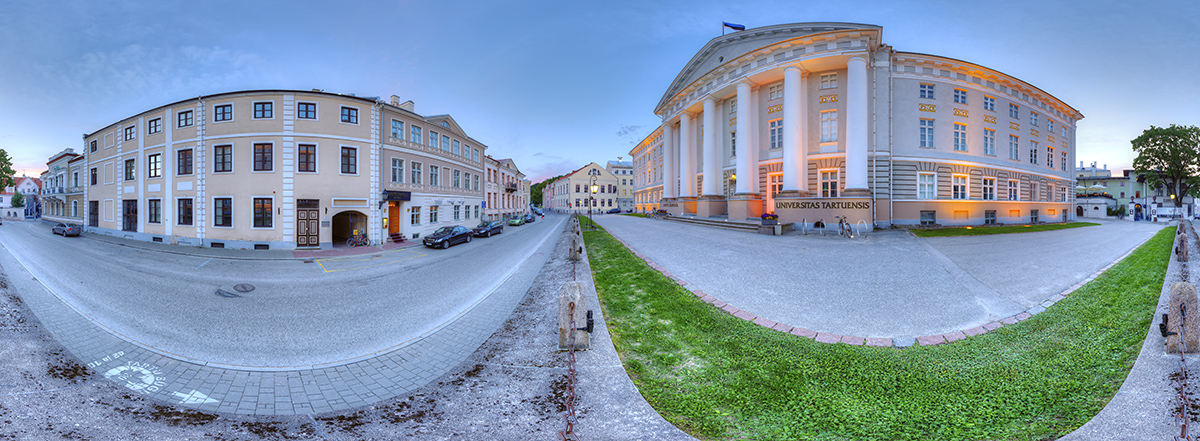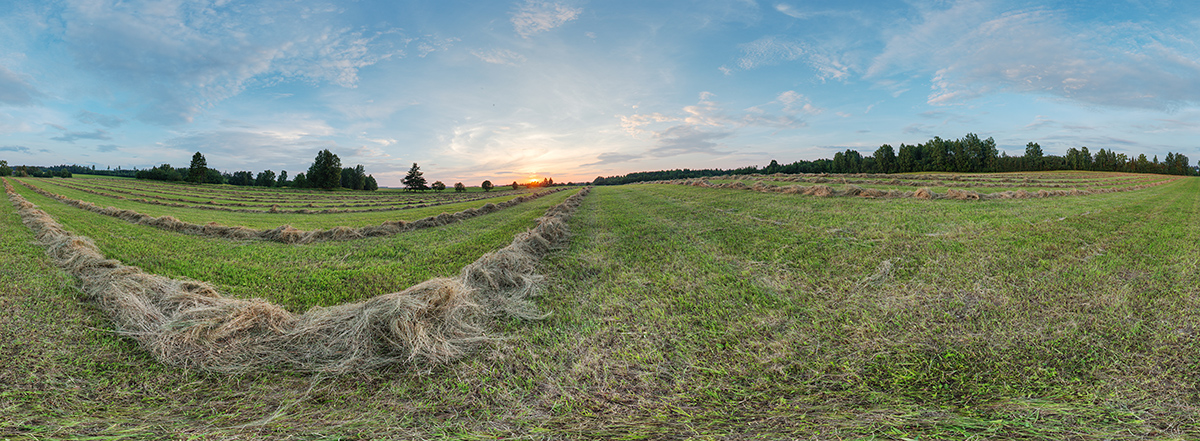When you look out the window on a sunny day, you can see the trees growing outside as well as the one in the dark room. However, if you now take a picture of the same view with your camera, you will probably see that the well-lit yard outside the window is clearly visible. However, the window itself, the wall surrounding it and everything in the dim room is completely dark.
It is usually believed that the reason for such a photo is the incompetence of the photographer. However, this is not usually the case. See, still cameras simply aren't capable of capturing high-contrast images the way our eyes see them. By high-contrast shots, I mean those where both very bright and very dark areas remain together in the image. The most common examples of such shots are, for example, sunrises, dark wildflowers against a bright sky, or views from the window.
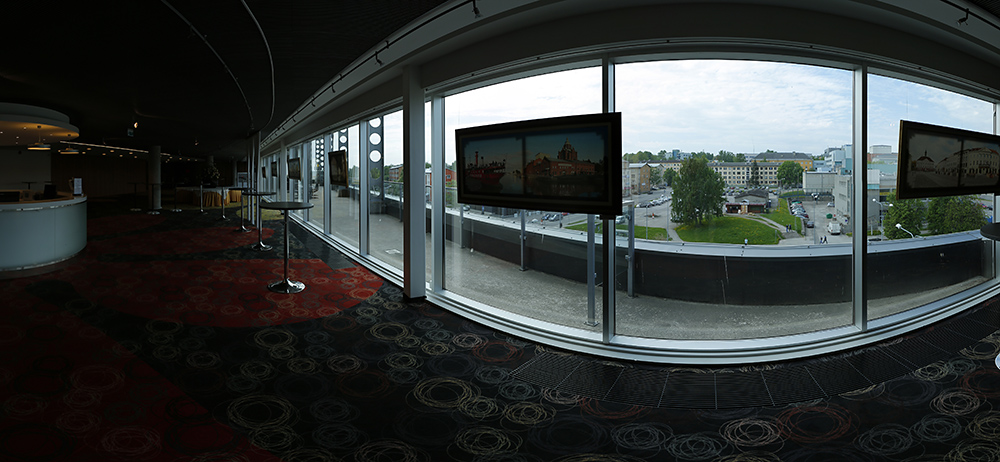
A wide view out of the window requires that the area outside the window be seen beautifully as well. Unfortunately, the lobby is completely dark, or underexposed.
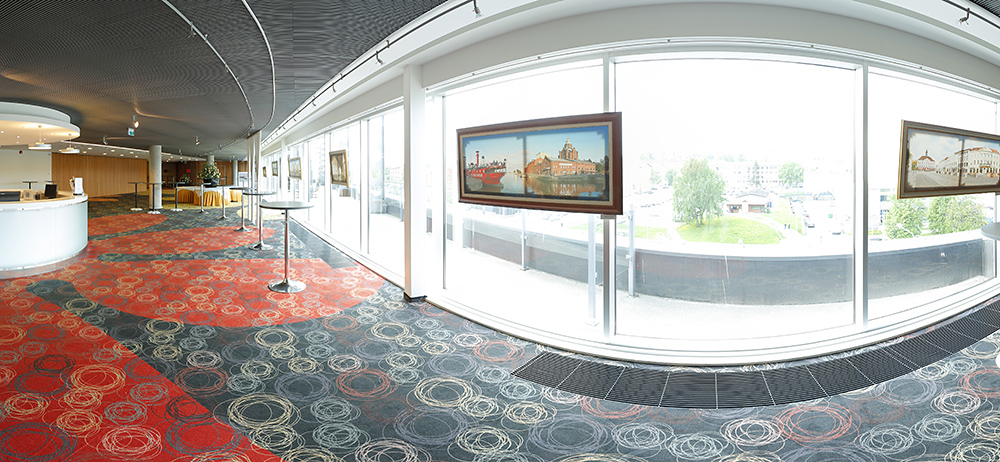
If we set the exposure parameters of the camera so that the lobby is nicely sbusiness, the outer area becomes too bright again. Without HDR photography, this would be the best solution in this situation.
The photographer must understand that it is not possible to shoot such high-contrast shots in such a way that details and colors from both light and dark areas remain in the photo. In such a situation, the photographer has to choose whether he wants to leave bright areas in the photo (and accept that the darker parts remain underexposed, i.e. completely dark) or dark areas (and accept that the bright areas remain overexposed, i.e. completely black).
Virtual tour and HDR photography
The point of view of the virtual tour is based on one large panoramic photo, i.e. a spherical panorama, on top of which the entire surrounding 360 - 180 degrees is visible. Light and dark areas often remain on such a picture - in situations where, in addition to the interior space, the view from the window is also important, a panoramic photographer cannot leave one area light or the other white. Both bright and dark areas must be seen equally correctly - just like with the naked eye. As I wrote above, photo cameras do not allow this. This is where HDR photography comes in handy.
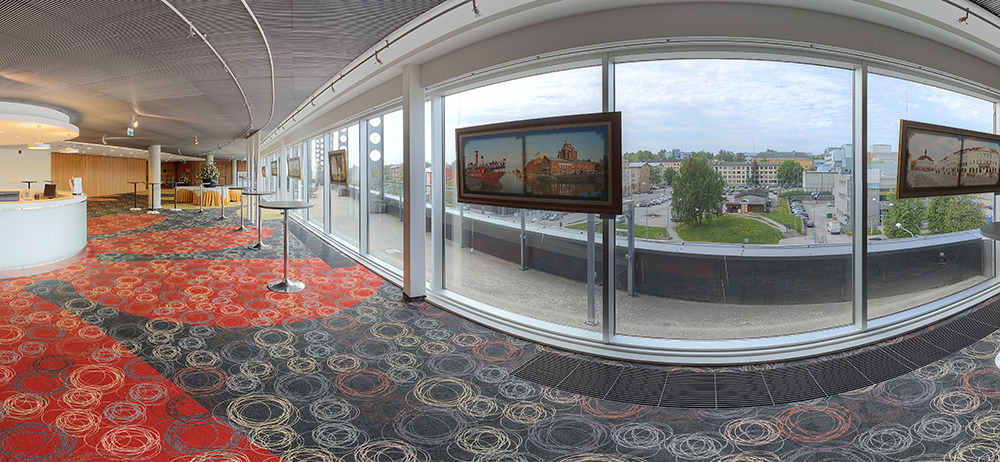
With HDR photography, we take multiple exposures from one frame and then combine them into a single photo in which both light and dark areas are clearly visible. See the Dorpat Conference Center tour here.
An HDR photo (High Dynamic Range) is a photo with a wide dynamic range. It is a photo format capable of holding dozens of times more brightness information and all imaginable color information without the limitations of different color spaces.
To make an HDR photo, the photographer takes 3, 5, 7 or more photos with different levels of brightness from one frame. These photos are then merged into a single, high dynamic range photo in a special HDR photo editing program. Usually this photo is in the so-called OpenEXR format, with the extension .exr, but there are also other formats. Such an HDR photo carries a certain amount of information about brightness and color. The human eye can distinguish 14 levels of brightness, while an HDR photo can contain 16, 23 or even more levels of brightness.
Of course, our computer screens are not capable of displaying such an image. Therefore, such an HDR photo must be processed to fit our monitors. This processing process is called "Tone Mapping" in English, and during it the image is changed in such a way that the darker areas are lighter and the lighter areas are darker. Tone Mapping is quite a creative process. In the process, quite surreal photos can be "baked" out of the original HDR photo - this is what novice HDR enthusiasts usually do, and that's why HDR photos are thought to be like that. Actually, it's not. These surreal objects are simply someone's representation or vision of an HDR file. For a virtual tour, a “Tone Mapped” HDR file looks so that the average viewer will not know that it is an HDR photo. Instead, he notices beautiful colors and breathtaking detail. These two features are fringe benefits of HDR photography. In addition to the brightness-darkness written above.
Of course, one frame is not enough to cover the entire 180 x 360 degree field of view. The photographer moves the camera in circles and up and down and takes many shots so that they cover the entire sphere. The average standard of Tuur.ee is 18 frames or photos from one point of view. If it is an HDR panorama, the photographer has to take an average of 5 more photos with different levels of brightness from each such frame. Thus, for one spherical HDR panorama, 5×18=90 photos must be taken. For more contrast shots, 7×18=126 photos.
These 90 photos must then be stitched together into one complete photo in a photo editing program. You don't need to imagine much to understand how high the demands are on the computer for such a simultaneous live editing of 90 photos, and how much time it requires from the post-processing photographer. The well-known HDR panoramic photographer Christian Bloch has said that "Spherical HDR panoramic photography is technically the most difficult thing that can be done with a camera". But the results are worth it.


